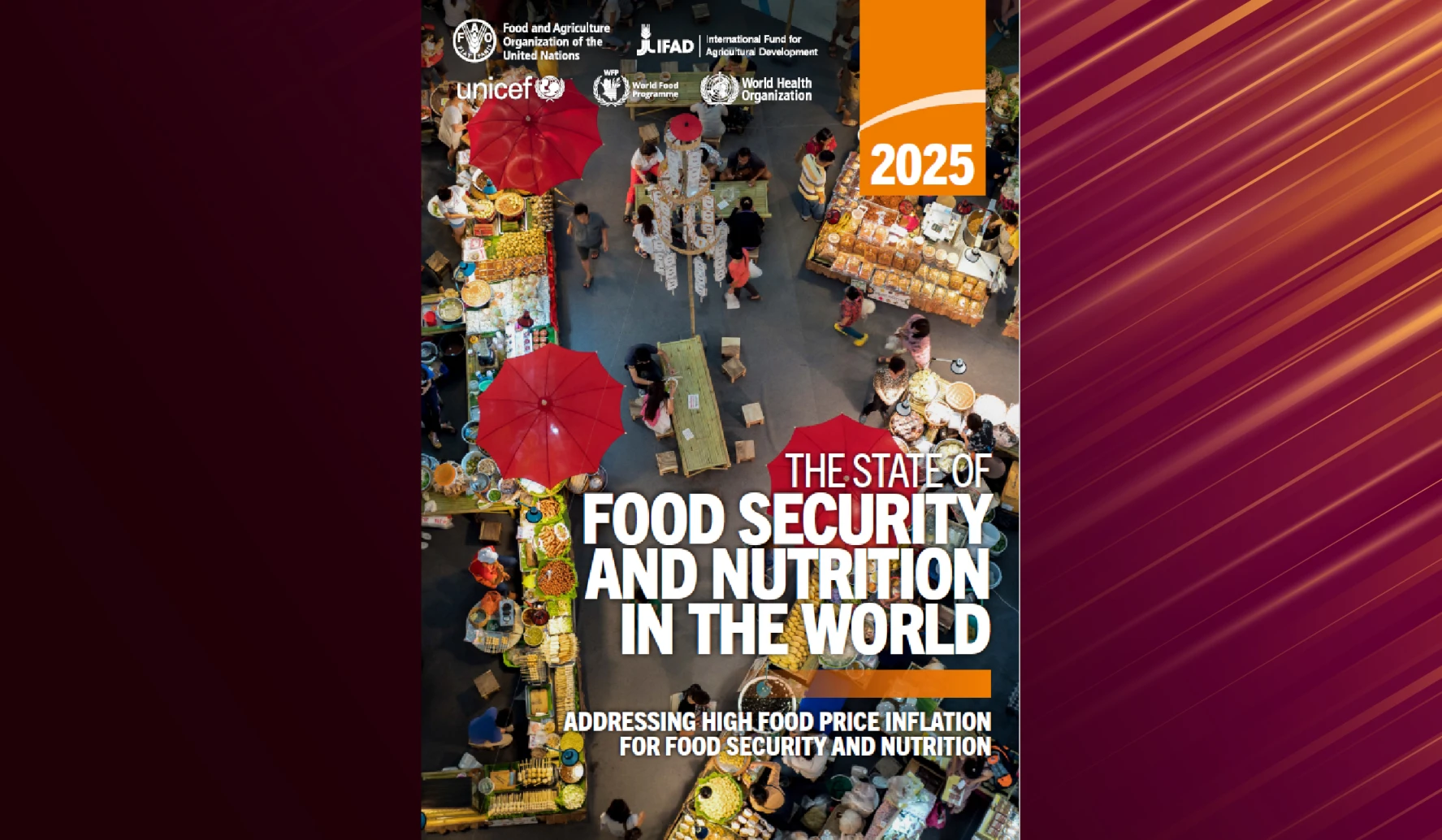SOFA 2025 provides the most comprehensive analysis of how human-driven land degradation impacts agricultural productivity, food security and ecosystem resilience.
Key Highlights of Report
- Land Degradation is defined as a long-term decline in the land’s ability to deliver essential ecosystem functions and services.
- It is driven by natural causes (soil erosion and salinization) and anthropogenic causes (deforestation, overgrazing, unsustainable cropping and irrigation practices etc.)
- Impact of Land Degradation
- Yield Loss: For about 1.7 billion people, crop yields are 10% lower because of human-induced degradation.
- Asian countries are the most affected - both because of their accumulated degradation debt and their high population densities.
- Productivity Loss: Total factor productivity growth, which reflects technological advancement and efficiency improvements, has declined since the 2000s, particularly in the Global South.
- Convergence with Food Security: Globally, 47 million children under five years of age suffer from stunting live in hotspots where stunting overlaps with significant yield losses.
- Ecosystem Impact: Degradation affects all agricultural systems, undermining livestock production in rangelands and – through forest loss driven by agricultural expansion – disrupting climate patterns and biodiversity.
- Yield Loss: For about 1.7 billion people, crop yields are 10% lower because of human-induced degradation.
Policy Options for Sustainable Land Use
|




